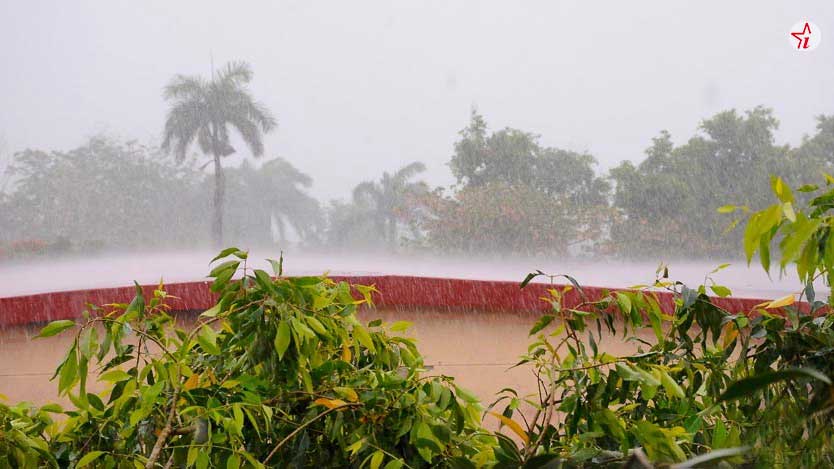The Climate Center, of the Cuban Institute of Meteorology, confirmed the start of the rainy season in May in the country, although it clarified that the process does not occur simultaneously throughout the island.

Its beginning occurs progressively, from the end of April or the beginning of May, from the eastern portion to the western region, until it is established at the end of May throughout the national territory, specialists from the institution explain in their Climate Perspective for the rainy season May–October.
They add that approximately 74 percent of the total annual precipitation accumulates at this stage, so it is common for it to increase significantly and even abundantly at times.
They specify that their rainiest months are May, June, September and October, always depending on the influence of the migratory systems of the tropical zone, such as the easterly waves and the tropical lows, their interaction with mid-latitude systems and the presence of tropical cyclones.
Nevertheless, they clarified that the cyclone activity in the country during the first quarter of the current period is generally less than in the second quarter, where greater dynamism has been observed, especially between August and October.
There are also rains associated with daytime warming that are accompanied by electrical storms on occasions in May and June, due to their gradual increase towards areas of the interior of the country, during the afternoon and early hours of the night.
They warned that a rapid warming of the waters of the equatorial Pacific Ocean has put an end to the 2022-2023 La Niña-Southern Oscillation (AENOS) event, despite which not all its indicators have returned to neutral conditions.
They commented, in this regard, that the atmospheric circulation gradually adjusts to these conditions and the models consulted foresee that they will be neutral in the Pacific Ocean until, at least, the month of June.
For these reasons, they pointed out, there is a high probability that an El Niño-Southern Oscillation (ENSO) event will develop starting next July, whose main influence is related to the decrease in cyclonic activity in the Atlantic Ocean.
However, they specified that another important aspect have to do with the fact that ENSO years tend to be very hot.
They predicted that, in the May-July quarter, the rainy season corresponds to the time when extreme temperatures, both maximum and minimum, increase throughout the nation.
During this quarter, the estimated rainfall in the West is 449.1 millimeters, 473.1 in the Center and 380.9 in the East, while maximum temperatures will range from 31.7-32.7 degrees Celsius, from 31.8-32.8 and 31.6-32.6 respectively.




